When the light absorbers are made very small, almost all the device performance metrics improve—but doing this is easier said than done.


When the light absorbers are made very small, almost all the device performance metrics improve—but doing this is easier said than done.
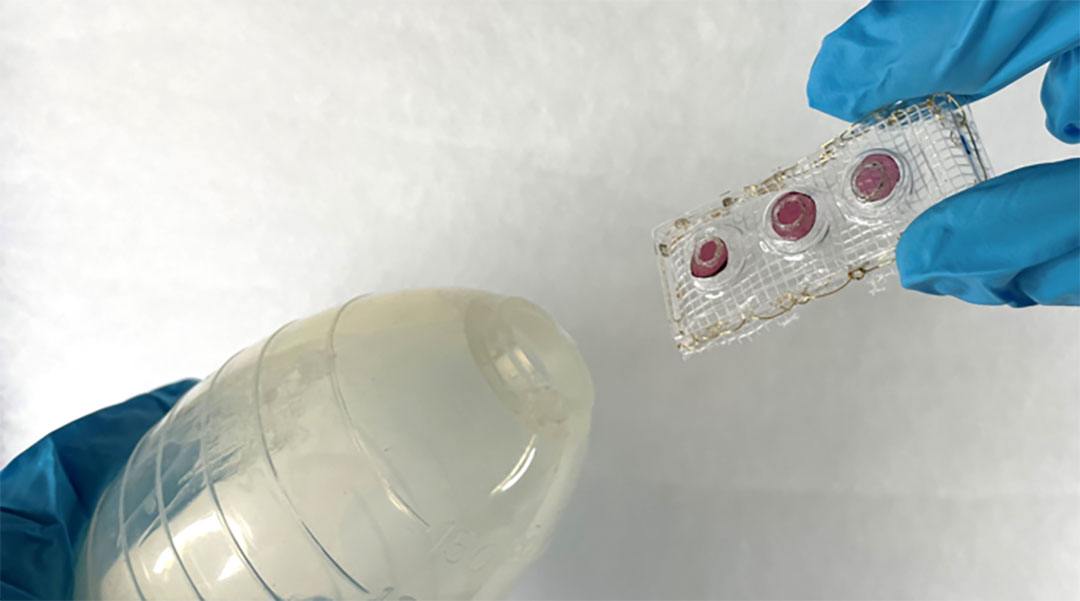
Enzymes embedded into a plastic strip enable the rapid, naked eye-detection of incompletely healed tissue following abdominal surgery.
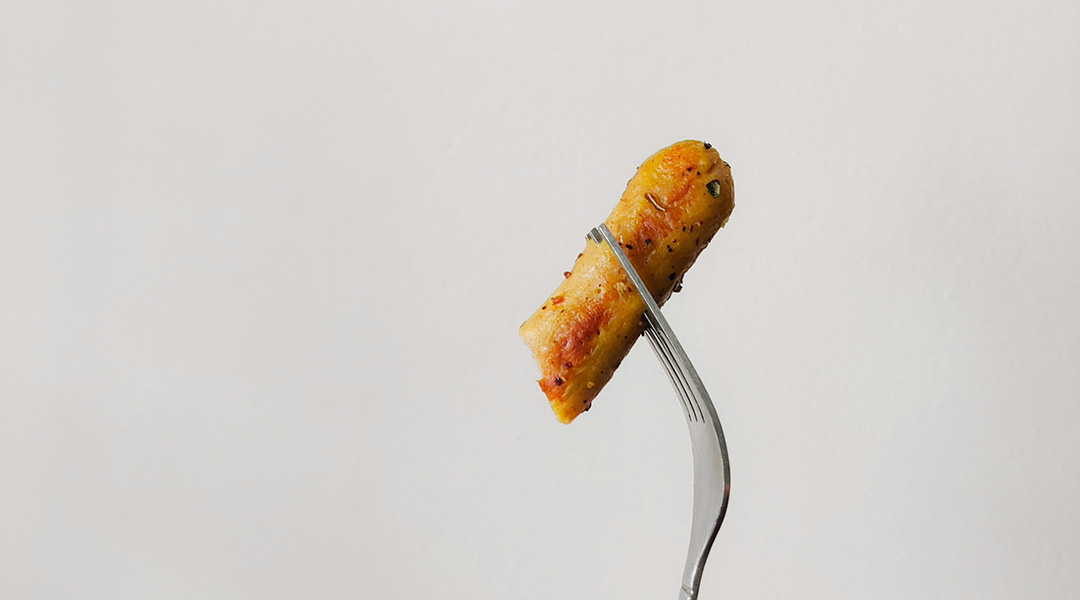
This robotic feeding system trained with machine learning will transform lives, giving independence to those with severe mobility issues.
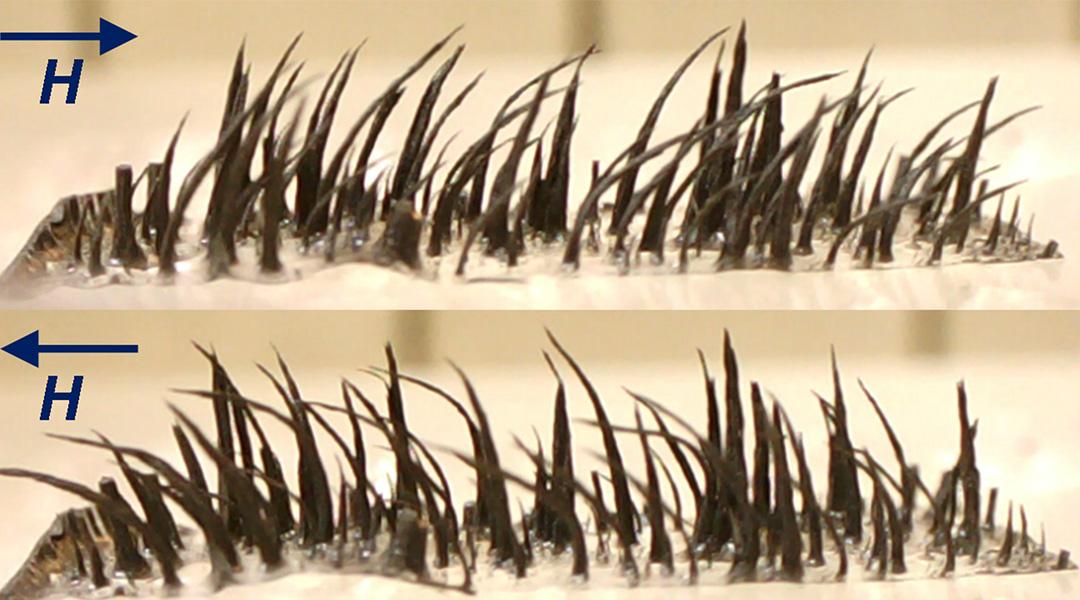
These hair-like structures with applications in robotics are now reprogrammable, negating the need to replace them after one use.
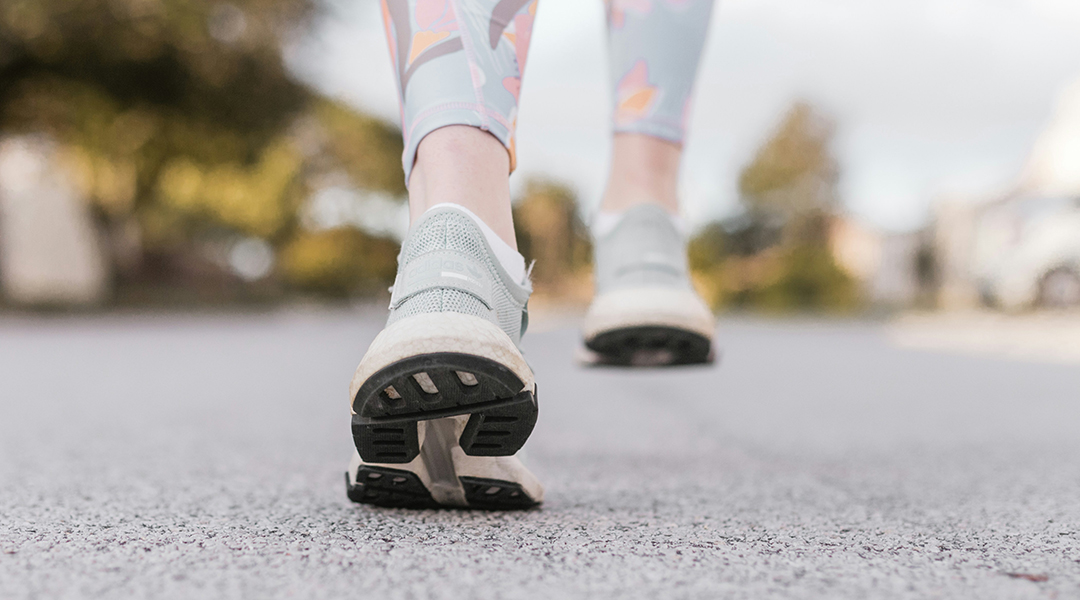
An electronic sock detects an “unhealthy” walking style linked with diabetes and poor circulation to prevent foot ulcers and amputation.
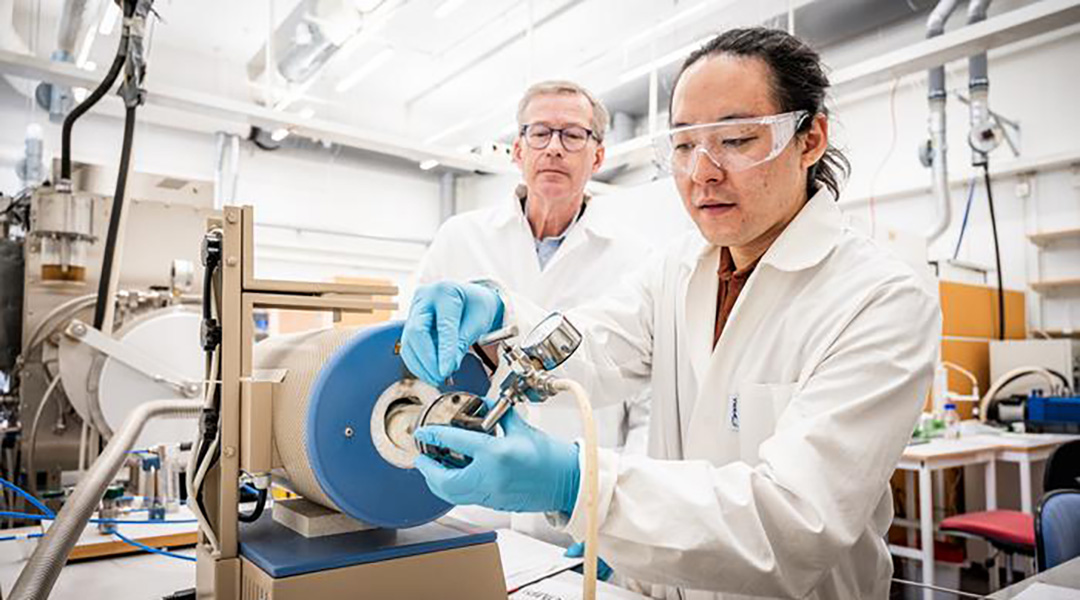
Scientists have managed to create sheets of gold only a single atom thick using a hundred-year-old Japanese smithing method.

A transparent underwater robot camouflages itself to explore the ocean, reducing encounters with delicate sea life.
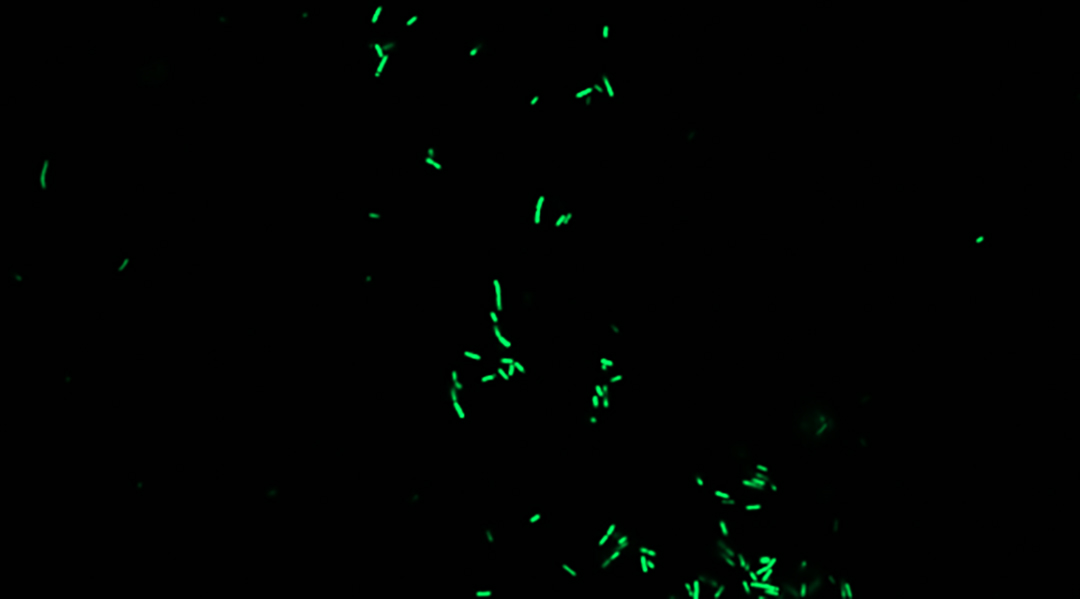
First living biosensor developed to study honeybee gut microbiome, providing insights into health and conservation.

DeepStalk does away with a hard shell for a soft body and integrated parts to function under pressure and explore the deep sea.
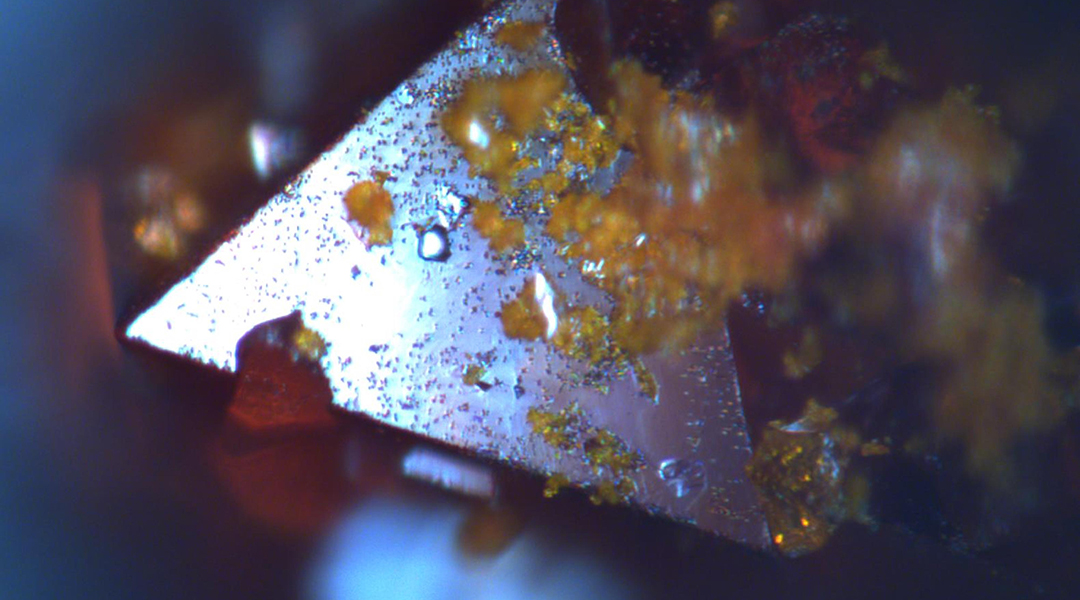
Study uncovers stability hurdles in a promising lead-free solar cell material, signaling potential for a cleaner energy future.